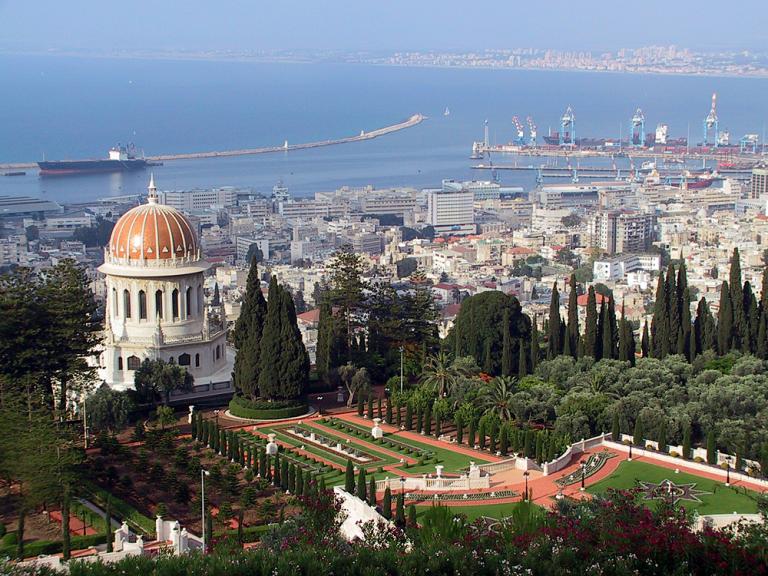
(Wikimedia Commons public domain)
Continuing with the history of the Church in the Holy Land:
A second missionary, Joseph Tanner, arrived during the last month of 1885. In the spring of 1886, Francis M. Lyman, Jr., came to Istanbul and then accompanied Elder Tanner on a journey through the Middle East and Palestine. In the city of Haifa, they ran across a colony of devout German Christians who had settled in the Holy Land to await the second coming of Jesus. Impressed by the cleanliness and order of this colony, and remembering past contact with another member of the group who had joined the Church in Berlin, Elder Tanner persuaded his priesthood superiors that permanent missionaries should be sent to work with the Germans in Haifa. It was hoped that such missionary labor, besides being valuable in and of itself, would one day serve as a stepping stone to proselyting among the Palestinian Arabs.
As things turned out, only one available missionary had both the funds and the language capacity to go to Haifa and work among the German colonists there. That was Jacob Spori. Fortunately, he was granted a vision before his departure in which he saw a black-bearded man in Haifa, a blacksmith, who, he was told, would be prepared to receive him and his message when he arrived. This vision was precisely fulfilled. Upon reaching Haifa in late July of 1886, Elder Spori made his way to the street that he had seen in his vision and found the blacksmith’s shop just as he had expected it to be. The blacksmith, in turn, seeing Jacob Spori outside, dropped his tools and ran out into the street, crying after the missionary. He had, he said, seen Elder Spori in a dream the night before and knew that he had a divine message for him.
Not surprisingly, the blacksmith, a man named Johan Georg Grau, was converted along with his family. They became the nucleus of the Haifa Branch, the first organized unit of the Church in Palestine since ancient times. Even when Elder Spori returned to Istanbul, and then to Switzerland and then on to Utah, the Grau family and subsequent converts kept the flame of the gospel alive in Palestine. Joseph Tanner replaced Elder Spori, working for five months in Haifa and down the coast in Jaffa. He baptized thirteen converts of Russian and German descent, as well as an Arab who was the first of his lineage to join the Church in this dispensation. Other missionaries came, too. Among them was Janne M. Sjodahl, a Danish convert who would later become a prominent writer on Mormon subjects in Utah. A former Baptist minister, he labored for nine months in Palestine, spending most of his time in and around Jaffa. He sensed deeply the magnitude of the task before him. In a letter to Wilford Woodruff, he wrote:
When I came here to Palestine, I was soon made aware of the fact, that I was placed face to face with millions of human beings, to whom the latter-day message has never sounded. I mean the Arabian speaking nations, who are scattered all over Syria, Arabia, Egypt, and a large part of Africa. And my prayer to God was that He would lead me and make an opening by which the light of His gospel might shine through.[1]
[1] Cited by Barrett, The Story of the Mormons in the Holy Land, 41.










